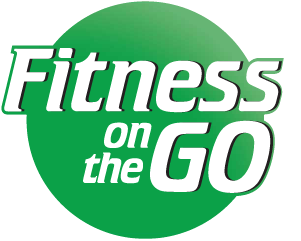How and when to plan recovery breaks
When involved in an exercise regime, most people’s primary concern is how to make time for fitness, when they are going to exercise and for how long. Many don’t think about another important factor – when and how to take smart recovery breaks.
Our bodies need and crave recovery time, and so exercising everyday isn’t necessarily a good thing. One should be aware of the exercise they are doing and plan rest periods accordingly – weight training and resistance exercises often require about two days to recover and repair muscles, while aerobic activity (like running, swimming or step) usually require less than 24 hours. It should be noted that sore muscles after a workout aren’t necessarily a bad thing, and repeating a workout can often be beneficial for soreness. But if the soreness doesn’t decrease after a similar (or less intense) workout, rest should be taken. And don’t listen to that old cliché, “no pain, no gain,” either. If you are in pain during exercise, you shouldn’t simply push through it and should stop immediately, taking a few days to let your body recover.
Awareness should be taken for symptoms of exhaustion or sickness, as well. Symptoms of exhaustion include persistent muscle cramps, headaches, dizziness and nausea during exercise. Stop if you feel any of these symptoms and rest and drink fluids. Also, sicknesses that involve symptoms like diarrhea and vomiting can cause dehydration, and a cough or congestion can cause difficulty breathing. If you experience these symptoms, wait until you have recovered before diving back into your fitness routine.

No Comments